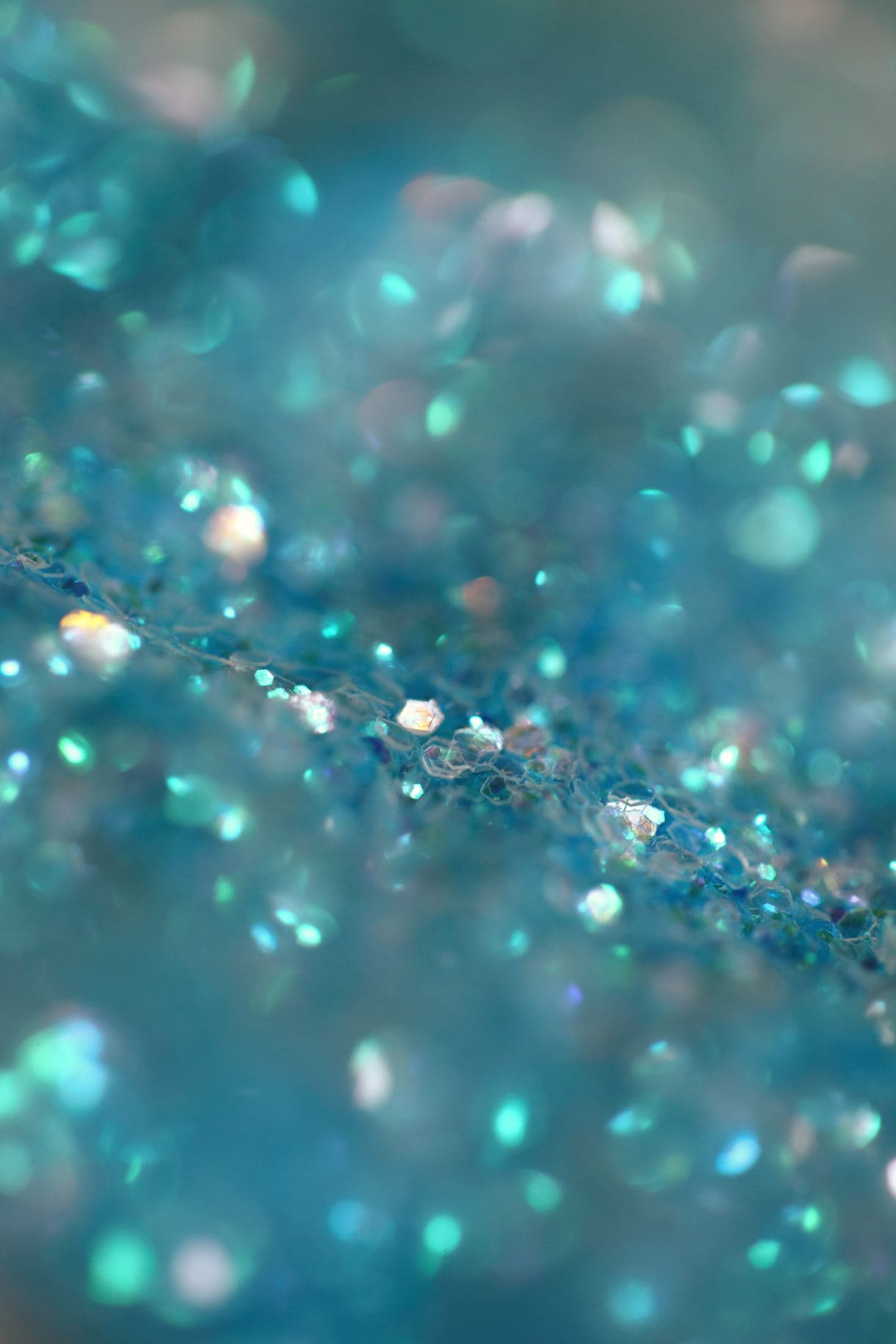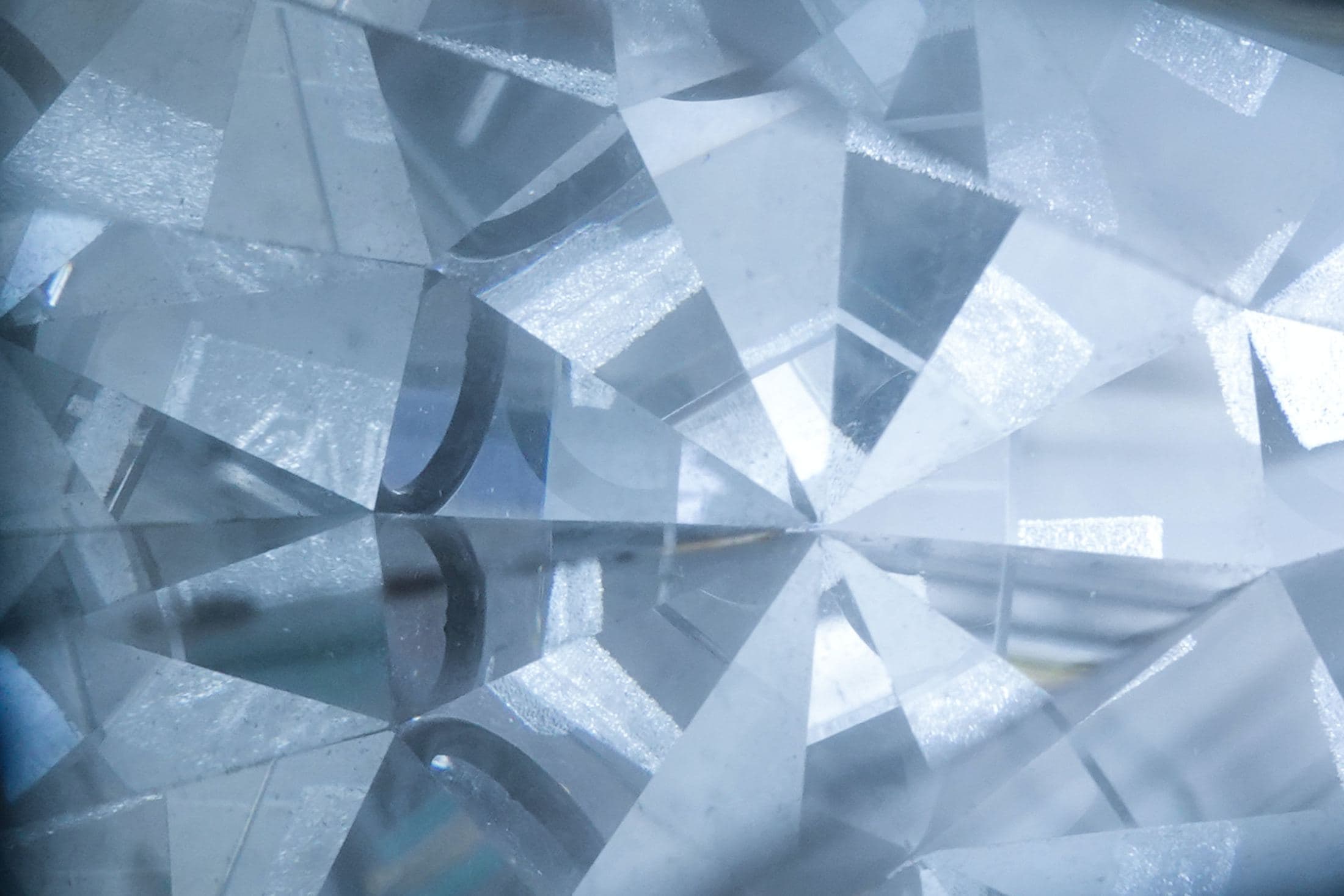In mineralogy, diamond is a tough material that has been used for centuries. Although it was first discovered to be readily breakable in ancient times, the naturally occurring stone of today can withstand great pressure and does not easily wear down. It requires intense heat or powerful lasers to cut through this virtually indestructible crystal structure with ease.
The diamond is the hardest natural material known and diamond cutters must be careful not to damage any of its internal facets. In this article, we will examine the diamond’s history, properties, and present uses as well as its future potential.
History
Although diamonds have been used for centuries as gemstones, the first recorded diamond discoveries occurred thousands of years ago in India and Sumatra. Ancient Egyptian drawings even show diamond weaponry being used in warfare against elephants (Gerstenberger 1999). Early Africans have also shown great familiarity with diamond jewelry from an early time period (Fernie 2005). However, it was not until approximately 1722 that diamond was finally mined for the first time out of Brazil by Brazilian diamond miners working during the 17th century (Brown 2003). The diamond was about the size of a thumbnail (Lennox 2004) and was mined from the alluvial diamond deposits that were being slowly transported by streams and rivers to their final resting place in the Atlantic Ocean.

The diamond’s future as one of the world’s most precious gems can be attributed to an Italian diamond cutter named Francesco Piquet. It is said that he first discovered diamonds could be cut into gemstones after he found a small, uncut diamond while working for Venetian glassmakers in 1555 (Fernie 2005). Later, this diamond was inserted into a ring worn by Henry IV of France and its magnificence caused him great attention at court. The King ordered more diamonds to be brought to him, diamond cutters were hired and diamonds emerged as a luxury item for European aristocrats (Brown 2003). Before diamond cutting was developed, diamond mining was considered a waste of effort. The diamond’s high value and popularity spread to England in the 1700s where it became known as “the king of gems” (Hull 2004). Nowadays, diamond is valued at more than $500 per carat or about $25 per gram (Gerstenberger 1999).
Temperature
Diamond does not react to most chemicals at normal temperatures. However, diamond does begin to decompose if exposed to ultraviolet light or hydrogen chloride (Brown 2003). In fact, diamond reacts with almost all acids except hydrofluoric acid which burns diamond without producing any gas (Gerstenberger 1999).
Density
Diamond has a density of 3.52 grams per cubic centimeter (Lennox 2004). This is the same as that of graphite and this property allows diamonds to float on water (Brown 2003).
Hardness
Diamond is one of the hardest materials known with the only moissanite, which ranks a 9 on the Mohs scale, is harder than diamond. Diamond’s hardness occurs because it is tetrahedral carbon (Schumann 2007). Under normal conditions, diamond contains no impurities or internal defects making it very durable and easy to handle. However, diamonds can lose their hardness if exposed to intense heat or radiation in excess amounts for long periods of time because diamonds can be annealed (Hull 2004).
Appearance and reactions with light

Diamond is transparent to opaque and it exhibits a white or colorless luster when polished. Its refractive index is 2.42 and diamond can be identified by its high dispersion, high prismatic brilliance, and perfect cleavage (Schumann 2007). It also has an adamantine – diamond-like – appearance. Diamonds can appear yellow because of radiation exposure but this only occurs in diamond jewelry where the diamond is exposed to natural radiation from the earth’s atmosphere (Brown 2003). Reactions with other materials: diamond reacts very slowly at normal temperatures with halogens causing it to decompose into hydrogen which turns red due to the formation of free radicals. This reaction will occur between diamond and fluorine as the diamond is being heated. Diamond also reacts slowly with oxygen producing a diamond oxide layer around the diamond’s surface. Diamond will not react with most other elements with the exception of boron, silicon, and selenium (Brown 2003).
Natural occurrence
Diamond is found in the volcanic rock called kimberlite which forms when volcanos erupt (Fernie 2005) and diamond can be formed when there are high temperatures and pressures – about 1,100 degrees Celsius and 2.5 to 3 gigapascals – contained within the diamond formation (Hull 2004). In fact, the diamond was discovered because geologists noticed an unusual amount of green or bluish tinted minerals were forming at Kimberly mines in South Africa where the diamond was mined for the first time.
Cultural aspects
Diamond is one of the rarest and most valuable gemstones, second only to ruby. It is associated with love, prosperity, and success in Southeast Asian cultures but the diamond’s historical importance stems from its use as a tool (Brown 2003). Diamonds have been used as a cutting tool for thousands of years because a diamond has such good hardness that it does not dull or break when drilled into hard substances like a rock. In fact, diamond drills were developed by Chinese craftsmen who created diamond fragments to twist drill bits out of wood (Hull 2004). Today diamonds can be found in many places throughout the world including Russia, Botswana, and South Africa where most diamond mines are still located. Prices range from $4 per carat for diamond fragments to $10 million per carat diamond jewelry (Brown 2003). In ancient times diamond was even used as a currency.
End-uses
Diamond is used industrially in every field of the manufacturing industry including semiconductors, electronics, and optical instruments where diamond’s hardness is needed most. Diamond can also be found in watches, drill bits, saw blades, and many other mechanical tools. It is also used industrially as an abrasive because a diamond has been shown to cut almost everything more effectively than other materials (Lennox 2004). Most diamonds though goes into making jewelry where it has traditionally been considered a girl’s best friend (Hull 2004) because diamond’s luster is far superior to any other gemstone. It also symbolizes riches, success, and the seventh wedding anniversary.
Although diamond is one of the hardest materials in existence, it is only average on Mohs’ hardness scale because a diamond has a specific gravity of 3.52 g/cm3 while other gems have specific gravities between 4.0 and 5.5 g/cm3 (Schumann 2007). Diamond’s refractive index is also slightly less than that of diamond’s closest rival gemstone sapphire which is 1.77 higher than diamond’s at 1.42 (Brown 2003). This means diamond will appear slightly duller to the naked eye than colored gemstones like ruby or sapphire when placed side by side although diamond lacks these stones’ colors due to its lack of light absorption and adularescence.
Natural diamond is colorless but diamond can occur in other colors besides the classic diamond white thanks to irradiation and impurity substitutional atoms like nitrogen, boron or hydrogen (Schumann 2007). The yellow diamond is a diamond where trace amounts of nitrogen have been trapped within the diamond’s crystals making it bright yellow compared to the diamond it infiltrated. Blue diamonds are very rare because they contain boron as an impurity which makes them blue, gray, or brownish-red in hue (Lennox 2004). There are also black diamond mines in Africa although these diamonds actually consist of carbonado – aggregates of minerals formed at high pressures and temperatures under Earth’s surface – rather than pure diamond crystals (Brown 2003).
